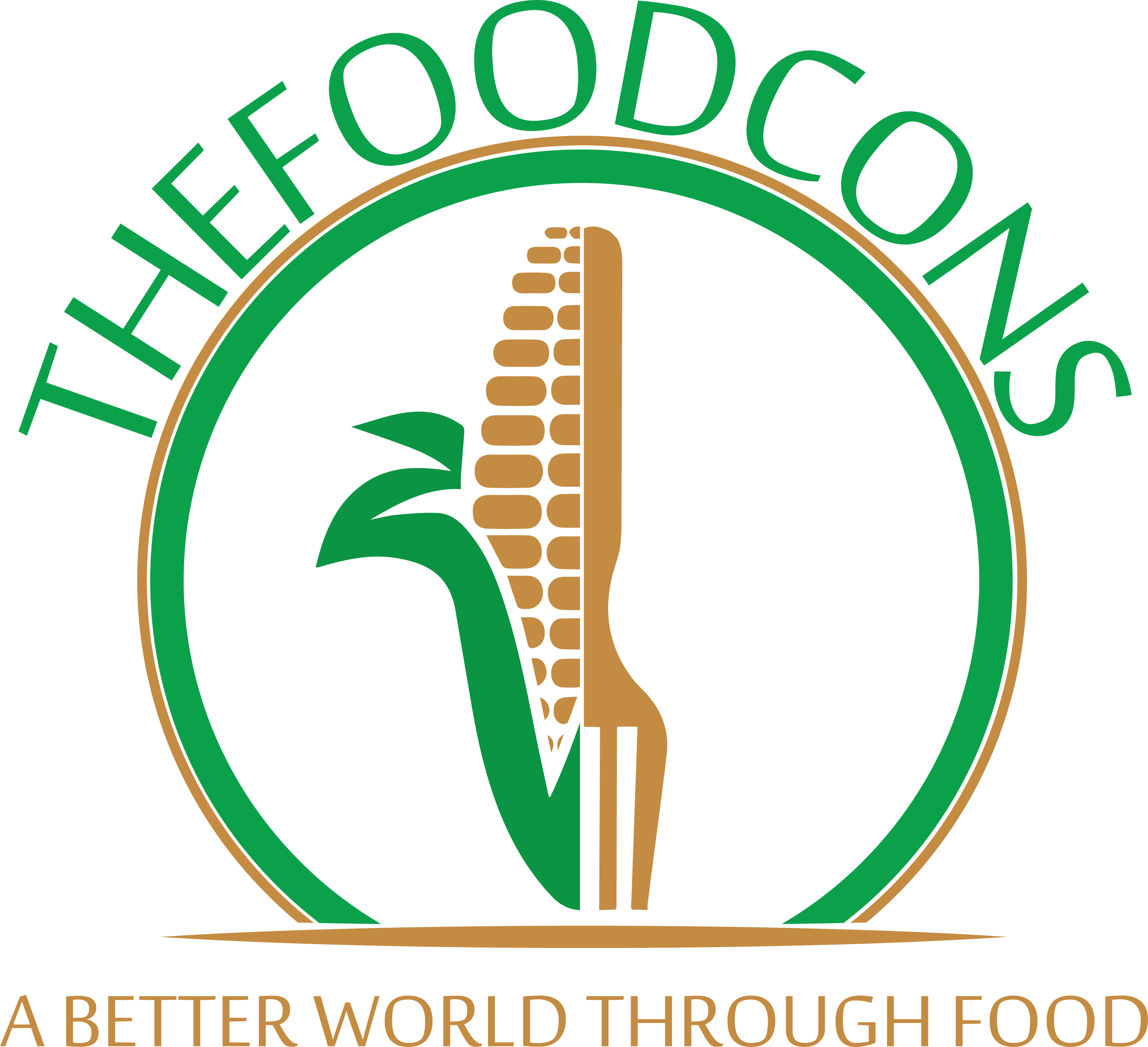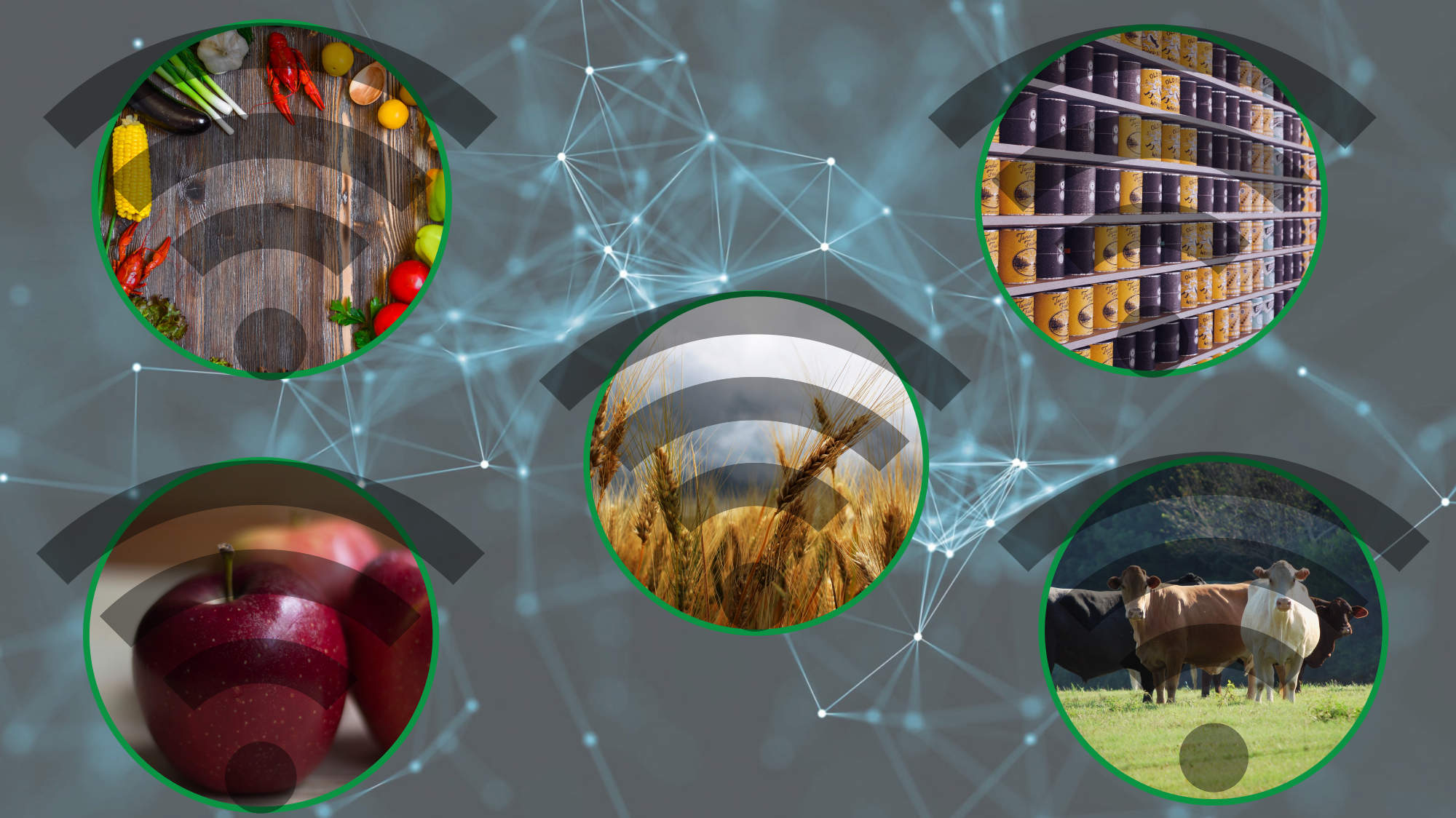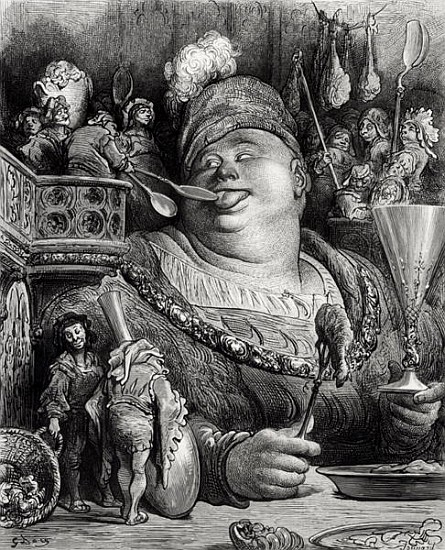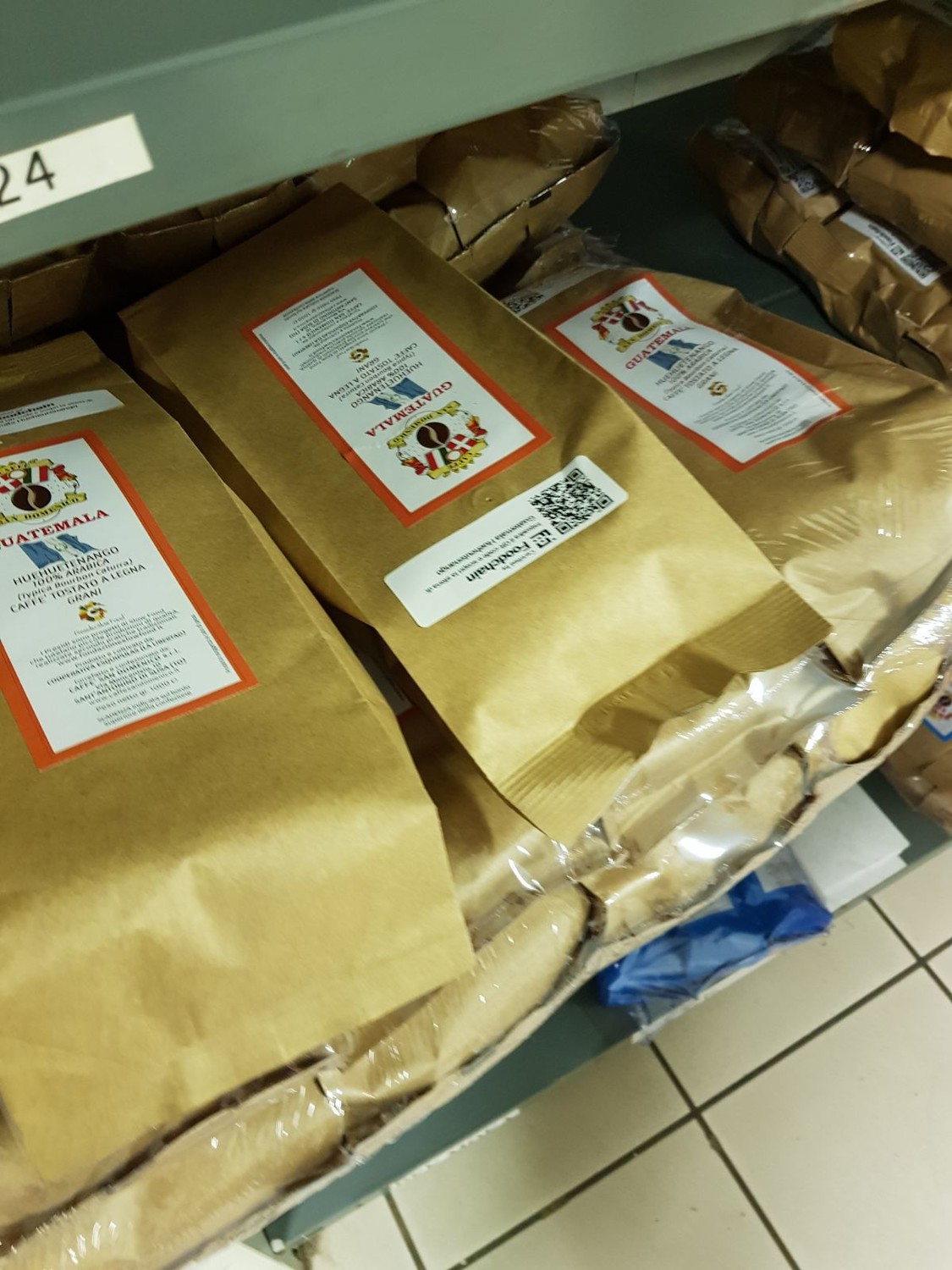THE INTERNET OF FOOD IS SERVED
FROM THE STONE TO THE TABLET
The history of cooking and food is as old as that of man
The oldest examples of food preparation passed down in written form can be traced to Mesopotamia time; the oldest recipe can probably be identified as a cuneiform series engraved on a stone table by Acadian people on 1750 B.C.
A lot of years later, in 160 B.C., Cato the Elder wrote “De Liber de Agri Coltura” (The Book of Agriculture): not exactly a recipes book but rather a handbook of agricultural techniques, with a section dedicated to the most known recipes of that time
For the first “modern” cooking book, including recipes and illustrations, we had to wait till 1,570 A.D., when Bartolomeo Scappi published “Opera”, a book including some carvings on copper.
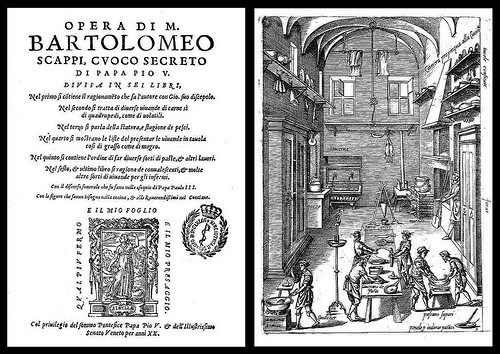
Almost 500 years later, in 2018, chef Antonello Colonna and master roaster Roberto Messineo have launched respectively the first “certified recipe” and the “blockchain coffee”, along with the technical expertise of Foodchain Spa; two pioneer projects of the Internet of Food.
THE RAISE OF INTERNET OF FOOD
Until the 80s, and for someone even in our days, eating meant especially bingeing, big portions and no design. Such words as plating and presentation were light years away.
Despite the concept “n.0” was still unknown, the first cuisine revolution and introduction of Cuisine 2.0, in Italy, owes to the great master chef Gualtiero Marchesi, who introduced the smaller portions, more attention for the dish presentation and decoration, giving a kind of French Touch to the Italian High Standing Cuisine. I would like paying tribute to the master, deceased some months ago.
The ‘00 watched the rise of what can be considered as the Cuisine 3.0: superstar chefs such as Carlo Cracco and Gordon Ramsay, and cooking shows like Masterchef and Hell’s Kitchen. Along with them, we watched the advent of Foodpics, FoodPorn, Selfood and so on; the dishes are eaten first with the eyes, then posted, then eaten.
What if I told you that really soon the dishes themselves will communicate with us through the internet?
In June 2018, while in Bilbao, Super Chef Massimo Bottura and the Osteria Francescana were awarded “The World’s Best Restaurant” for the second time, taking back the Italy and Italian Cuisine to the top of the world, Torrefazione San Domenico watched the result of its awesome project for Coffee Traceability and in July, pOsti, an Italian innovative startup exploiting the blockchain technology of Foodchain Spa, together with chef Antonello Colonna, in Rome, laid the foundation for the third Cook Revolution preparing the advent of “Cuisine 4.0” with the “Certified Panzanella*”: the first recipe completely registered and managed in blockchain.
*Panzanella: chopped salad made with tomatoes, bread, olive oil and basil, typical of Tuscany
PASSION, AGRITECH AND SMART EQUIPMENT FOR THE CUISINE 4.0
More than the skills, more than the experience, more than the deep knowledge of raw materials, what’s the greatest difference between a modest cook and a great chef? What transforms an humble ingredient into a gourmet dish? One thing: the Passion.
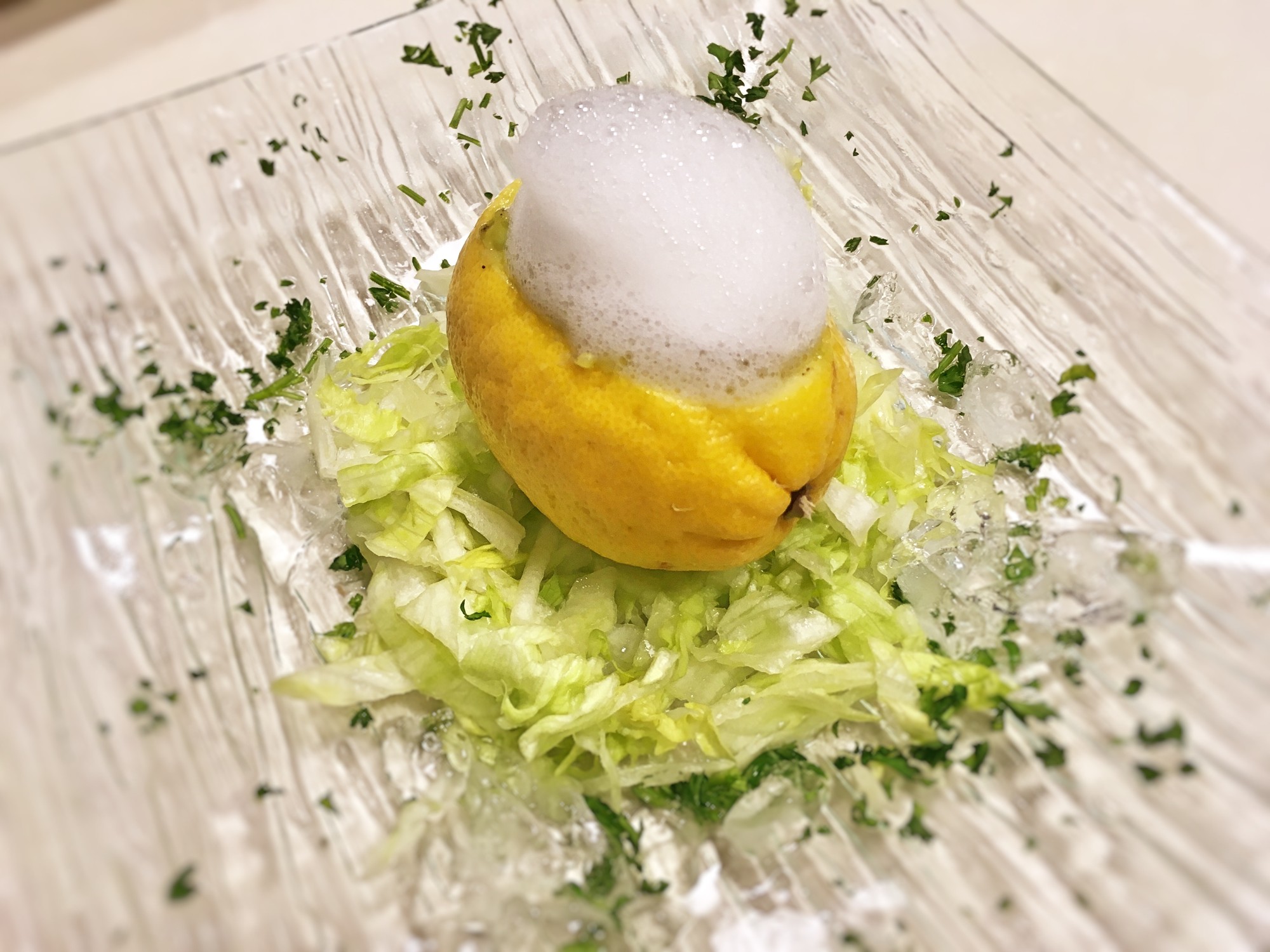
I can affirm that based on personal experience. My passion for cooking is equal, if not higher, than that for food. Despite never having been at any cooking school, exploiting this passion, I have been proudly able to fund and manage successfully a private chef service at the Caribbean. Of course, be far it from me to compare with a superstar chef as Antonello Colonna, who in some year will be undoubtedly considered as the pioneer of Cuisine 4.0.
The unlimited passion and creativity of the chef, combined with the innovativeness of the service conceived by pOsti, the state of the art technology in the fields of Agritech IoT sensors and Smart Cooking Equipment have made possible the crafting of the first Smart Recipe: The Certified Panzanella.
In the tomatoes crop located in the garden just next to Chef Colonna restaurant, Foodchain placed an Agritech sensor, which registers in the blockchain all data related to the crop, including pictures and videos documenting the growing, from seeds to tomato, and the harvest.
Then the Chef’s team did the same with the information related to recipe preparation, step by step, and at the end, a Smart IoT Oven sends to the platform the information related to the cooking.
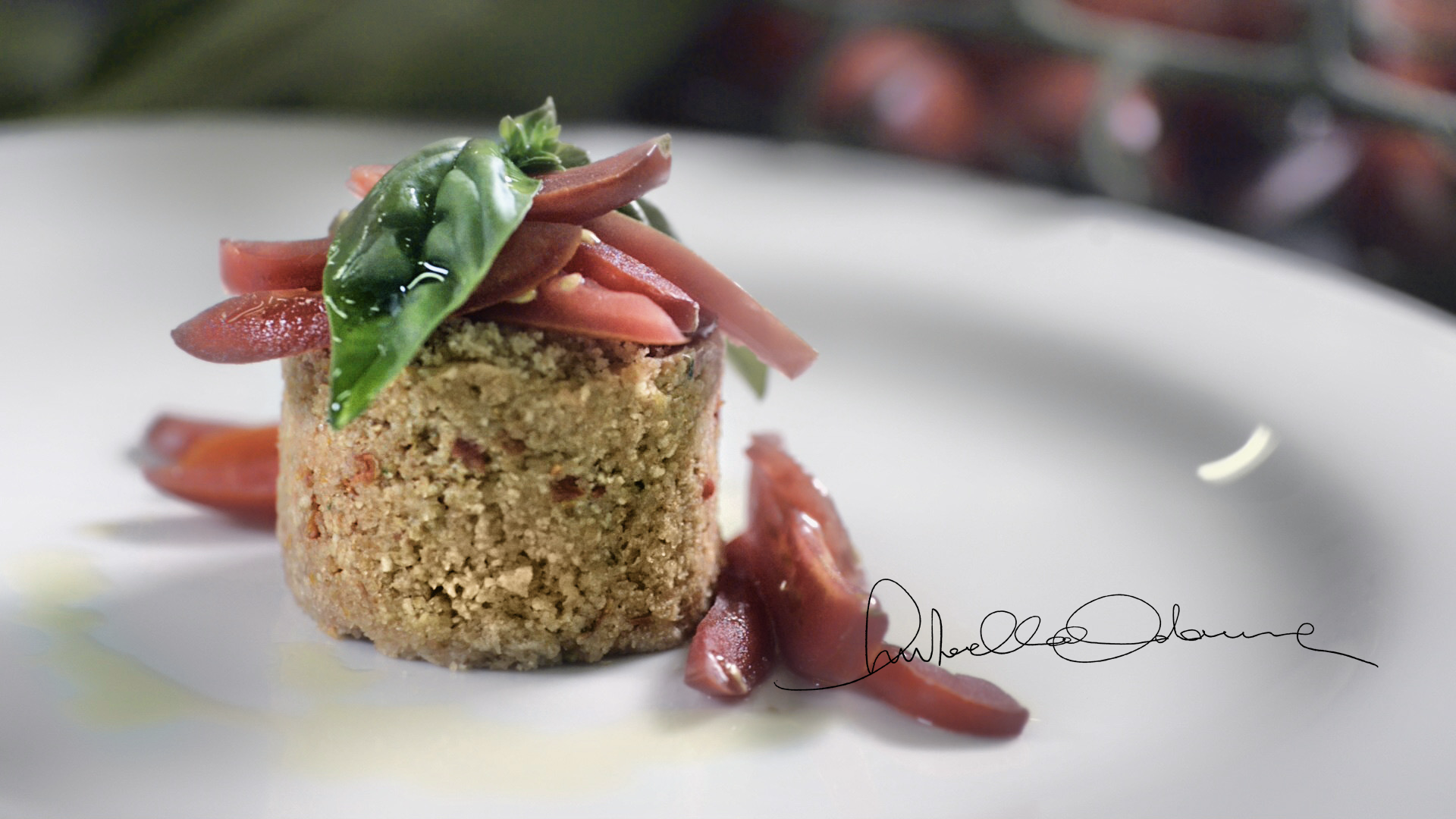
The full recipe story will be able to be easily accessed by the customer with its smartphone: the bill check will include a QR code with the product storytelling.
https://blockchain.posti.world/rational/storytelling/659/Of course, this is just a pilot project that in the future will be integrated with the traceability of all other ingredients such as bread, olive oil, and basil.
THE BLOCKCHAIN COFFEE
After a meal, what’s better than a hot and strong espresso? Simple, a blockchain traced, hot and strong espresso. Exactly the one proudly produced and served by Master Roaster Roberto Messineo, a man with coffee flowing in his veins, and its Torrefazione SanDomenico, of which he is founder and CEO.
His great love for coffee, drove the Master Messineo to elaborate, implement, and launch with Foodchain the project for the first blockchain traced coffee (don’t believe the WSJ, this is the first one).
The traceability project spanned all supply chain players and steps, including all the documentation, from coffee bagging by cooperative to the last mile delivery, from the BL to the delivery note, in a safe, transparent and tamper-proof way. Scansioning the pack with his/her smartphone, the consumer can enjoy the story of his/her coffee, literally from Farm to Cup.
AN ECOSYSTEM IN TWO CONTINENTS
This is the Internet of Food, the Food that communicates directly with the world; the first and immediate answer to the consumers, who want and need more safety, more transparency and more detailed information about what comes every day on their tables.
Besides the aforementioned Foodchain Spa, the mastermind of this great food innovation has one name: Professor Matthew Lange.
Professor Lange, at UC Davis, is successfully carrying on the Project called “IC3 FOODS” International Conference Consortium Center Food Ontology Operability Data Semantics.
The scope of the project is building “an infrastructure enabling global interoperability of data, information, and knowledge about food, health, and sustainability. ( from Professor Lange Linkedin Profile”)
In Italy, a great contribution in spreading the word on IoF is also given by Future Food Institute the Bolognaise Temple of Food Innovations, through conferences and workshops.
The Italian Food Tradition combined with the great American commitment to research; doesn't it sound great?
If you liked this article and want to spread the word on the Internet of Food, share it with your network.
